Selecting the right sofa isn’t just about picking a piece of furniture; it’s about choosing a central part of your home where you’ll relax, unwind, and spend quality time with family and friends.
A sofa is often one of the most significant investments in home decor, so it's essential to consider several key factors to ensure that your new sofa suits both your space and lifestyle.
This article will guide you through everything from understanding the best materials to considering the ideal size, enhancing both the functionality and aesthetics of your living area.
1. Measure Your Space

Before falling in love with a sofa, it's crucial to ensure it fits your space. Start by measuring the area where you plan to place the sofa, including the maximum length and depth available. Remember to consider the scale of the sofa in relation to the room.
A large sofa can overwhelm a small room, while a small sofa might look insignificant in a large space. Additionally, consider the doorways, staircases, and elevators the sofa must pass through upon delivery to avoid logistical headaches.
2. Check the Frame

The longevity of a sofa significantly depends on the quality of its frame. A sturdy frame means a longer-lasting sofa. Look for frames made of kiln-dried hardwood such as beech, ash, or oak, which are more resistant to warping and shrinking.
Avoid frames made of particleboard, plastic, or metal; they may warp or crack over time. Always check the warranty before buying, as a good warranty often indicates a confident manufacturer.
3. Understand Upholstery Materials

The choice of upholstery material will affect both the appearance and durability of your sofa. Leather, for instance, is durable and easy to clean, aging beautifully over time, while fabrics like cotton or linen offer a softer look but may require more maintenance.
If you have pets or young children, consider stain-resistant fabrics or removable covers for easier cleaning. Each material has its benefits and maintenance requirements, so choose one that aligns with your lifestyle.
Read More: What Colour Goes with Brown Leather Sofa - 6 Simple Color Combo
4. Consider Sofa Springs

Good support is crucial for comfort and durability. Sofas with hand-tied springs are typically the most durable and comfortable. Serpentine springs are more common and offer good support, but they can sag over time if the metal isn’t heavy-duty. Avoid sofas that use webbing or mesh instead of springs, as they are unlikely to provide the same level of support or durability.
5. Evaluate Cushion Filling

Cushions affect both the comfort of your sofa and how well it holds its shape over time. High-resilient (HR) foam is a popular choice because it’s comfortable and durable, though it can be on the firmer side. Feather-filled cushions offer comfort and a traditional look, but they require regular plumping. Consider a mix of feather and foam as this can provide both comfort and form maintenance.
6. Assess the Comfort

Comfort should be one of the primary considerations when purchasing a sofa. Take the time to sit on different sofas to understand what feels right for you. Check the depth of the seat, the height from the floor, and the overall angle of the seating. Your feet should rest comfortably on the floor while your back is supported, and the seat depth should accommodate your sitting style comfortably.
7. Style Matters

Your sofa should complement the style of your home. Whether you prefer a modern, minimalist look or a classic, traditional aesthetic, the design of the sofa should align with your existing decor. Consider the color and pattern of the upholstery, as well as the shape and style of the frame. A timeless style will likely blend seamlessly with various decor changes over the years.
Read More: Your Ultimate Guide to Finding a Cat Scratch Resistant Couch!
8. Consider the Sofa’s Use

Think about how you plan to use your sofa. Will it be used for everyday activities such as watching TV and lounging, or will it be placed in a formal room used only occasionally? The intended use can dictate the size, shape, and material choice, ensuring the sofa meets the needs of your lifestyle.
9. Maintenance and Care

Understanding the maintenance required to keep your sofa looking its best is crucial. Some materials may require regular professional cleaning, while others might need specific products for upkeep. Consider your willingness to maintain fabrics or leathers as this might influence your choice of sofa material.
10. Budget Considerations

Set a budget before you start shopping. Sofas can vary significantly in price based on size, material, brand, and construction quality. Decide how much you are willing to spend and stick to it, balancing cost with quality to find the best value for your investment.
Read More: 5 Best Sofa Living Room Ideas: Create a Cozy, Stylish Space in 2024
Conclusion
Buying a new sofa is an investment in comfort and style for your home. By considering everything from size and material to style and budget, you can choose a sofa that not only looks great but also meets your comfort needs and stands the test of time. Remember, the right sofa can transform your living space into a welcoming haven that reflects your personal style and complements your lifestyle.








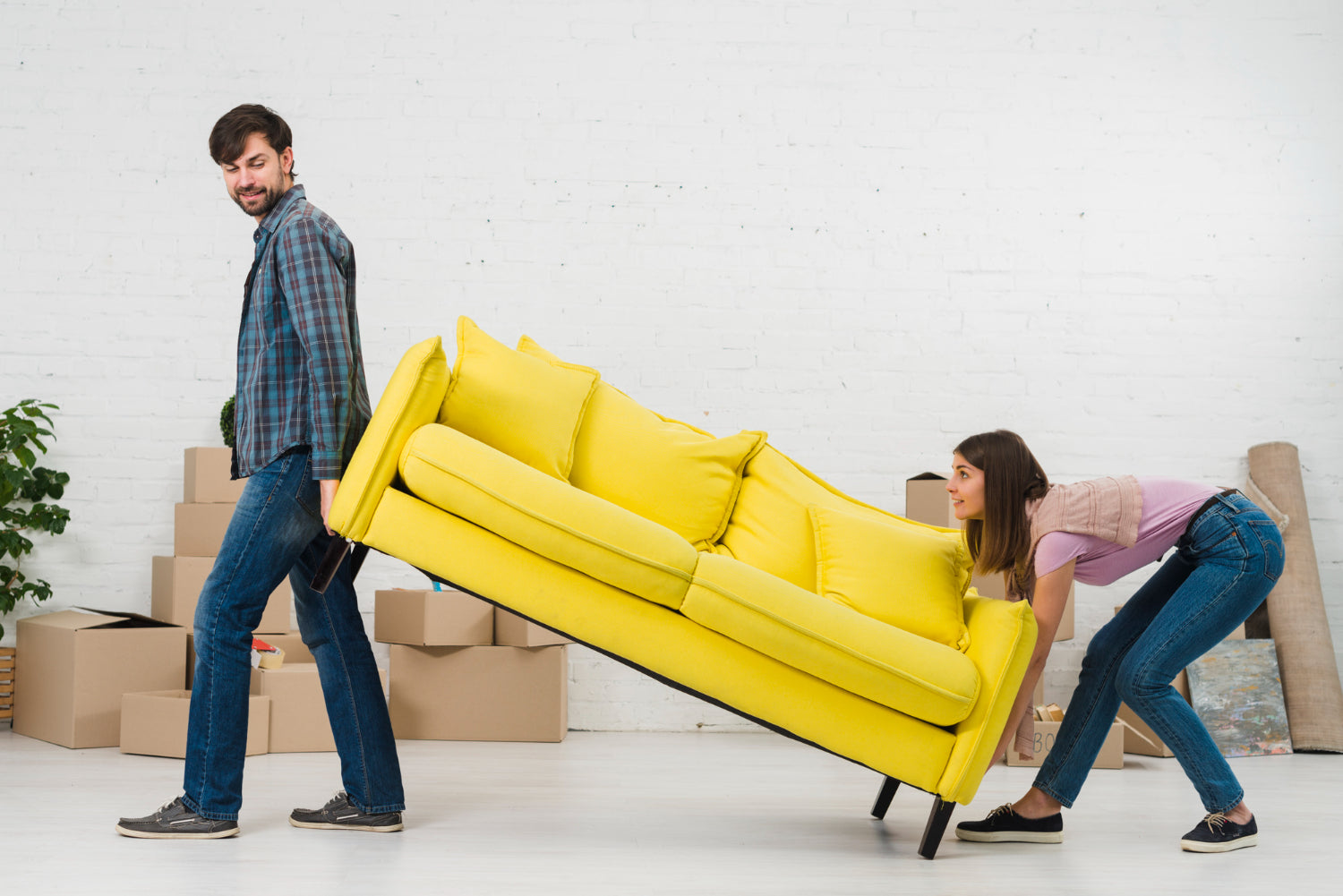









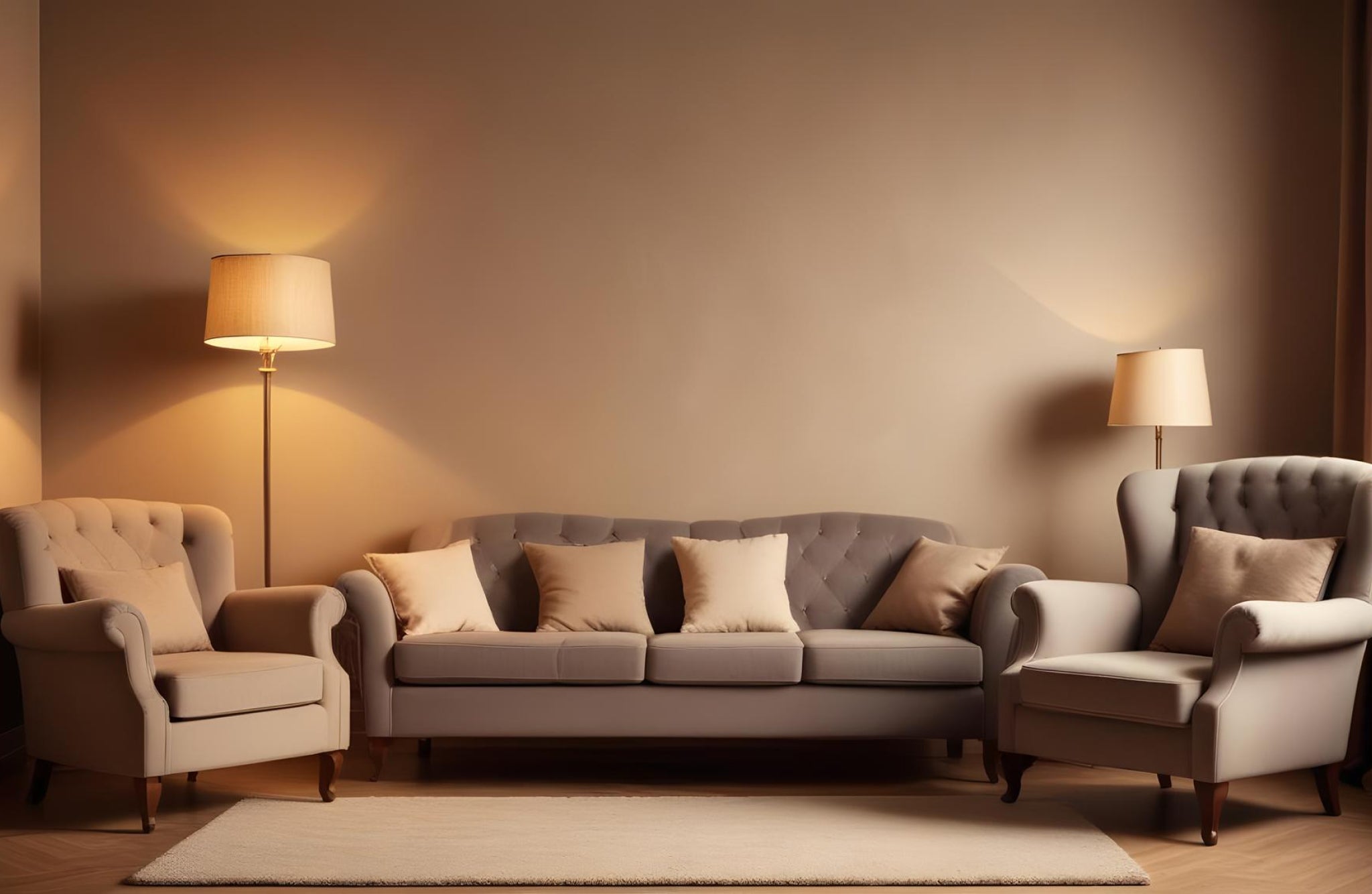
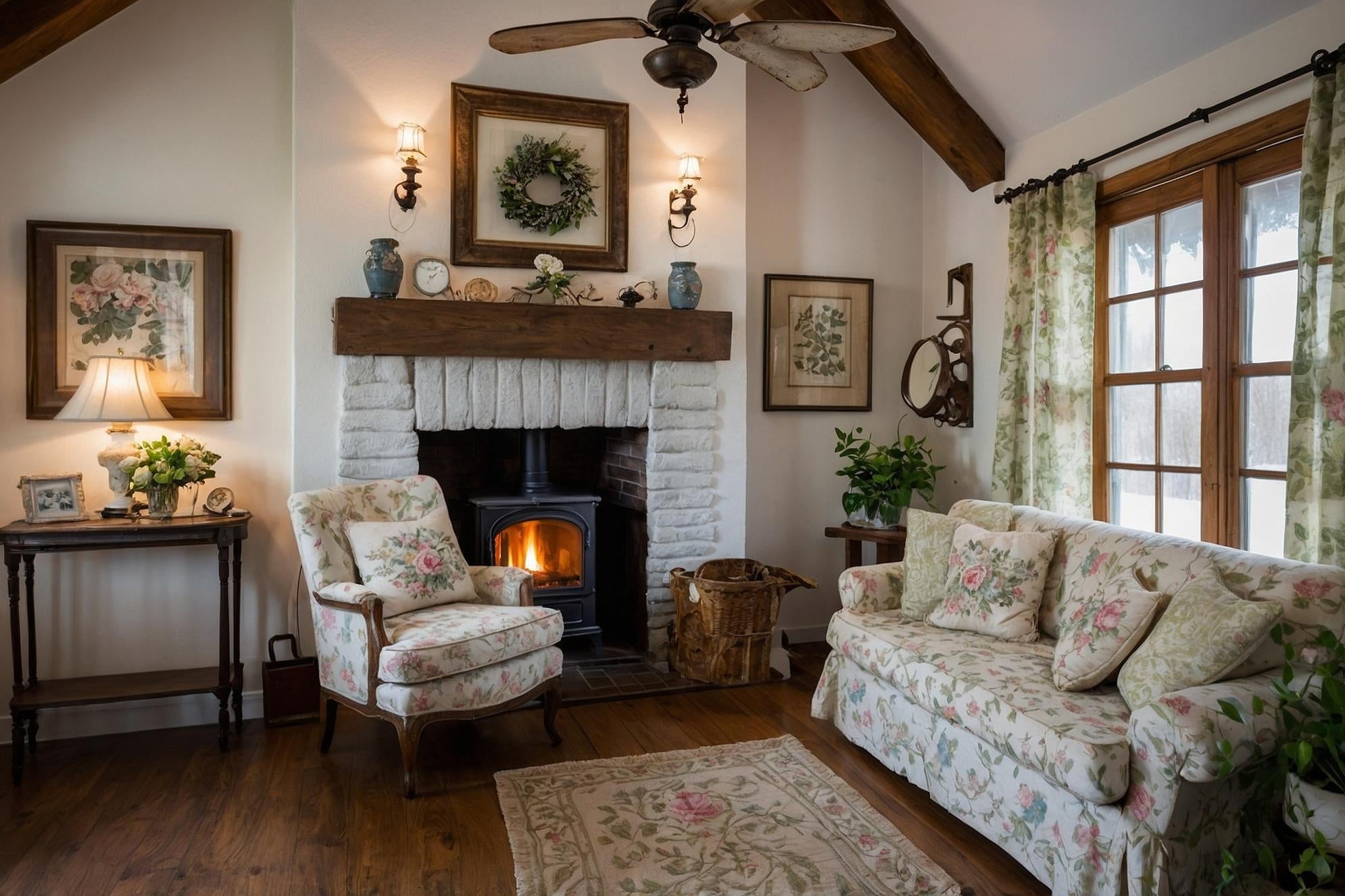
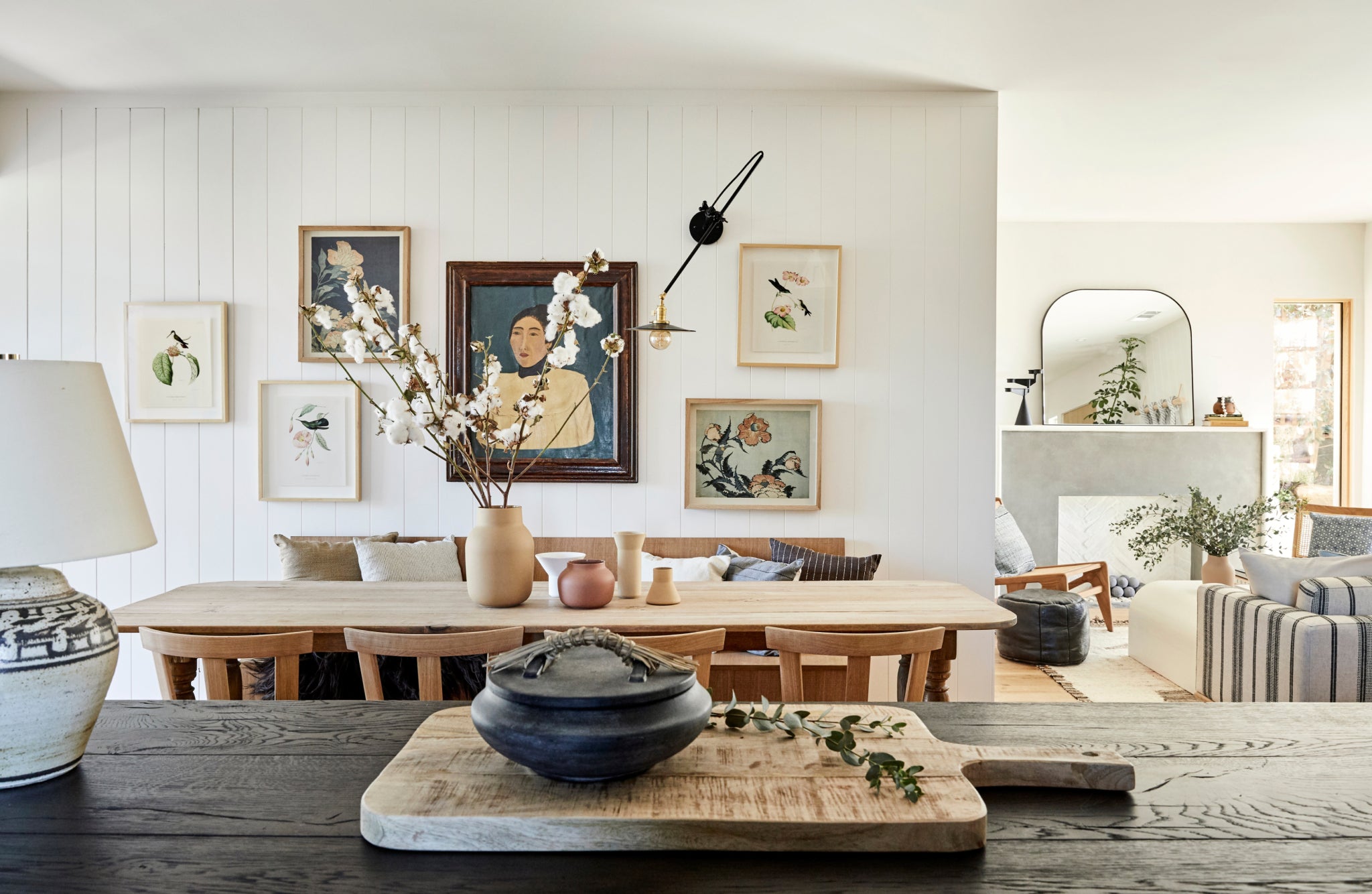

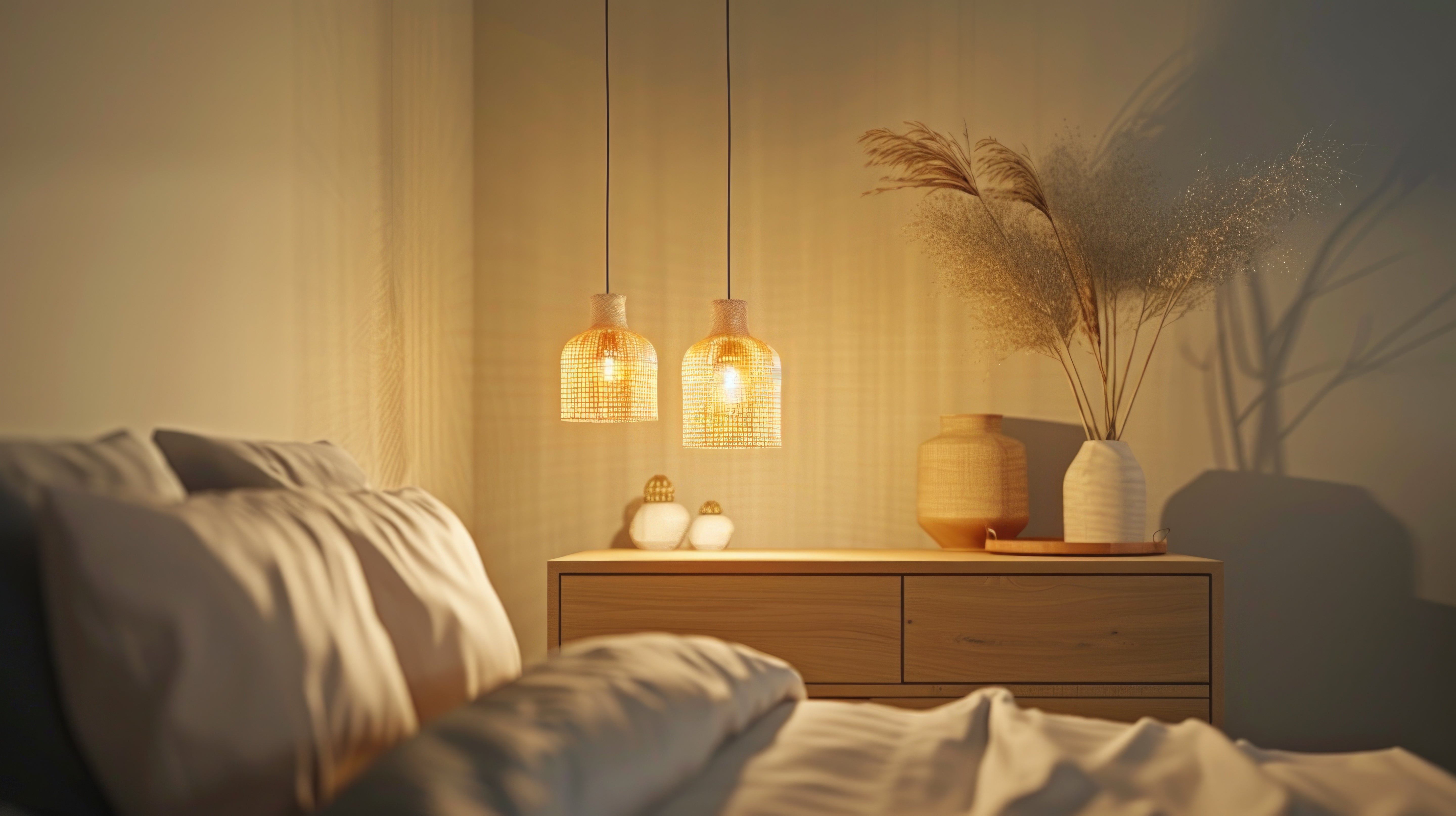
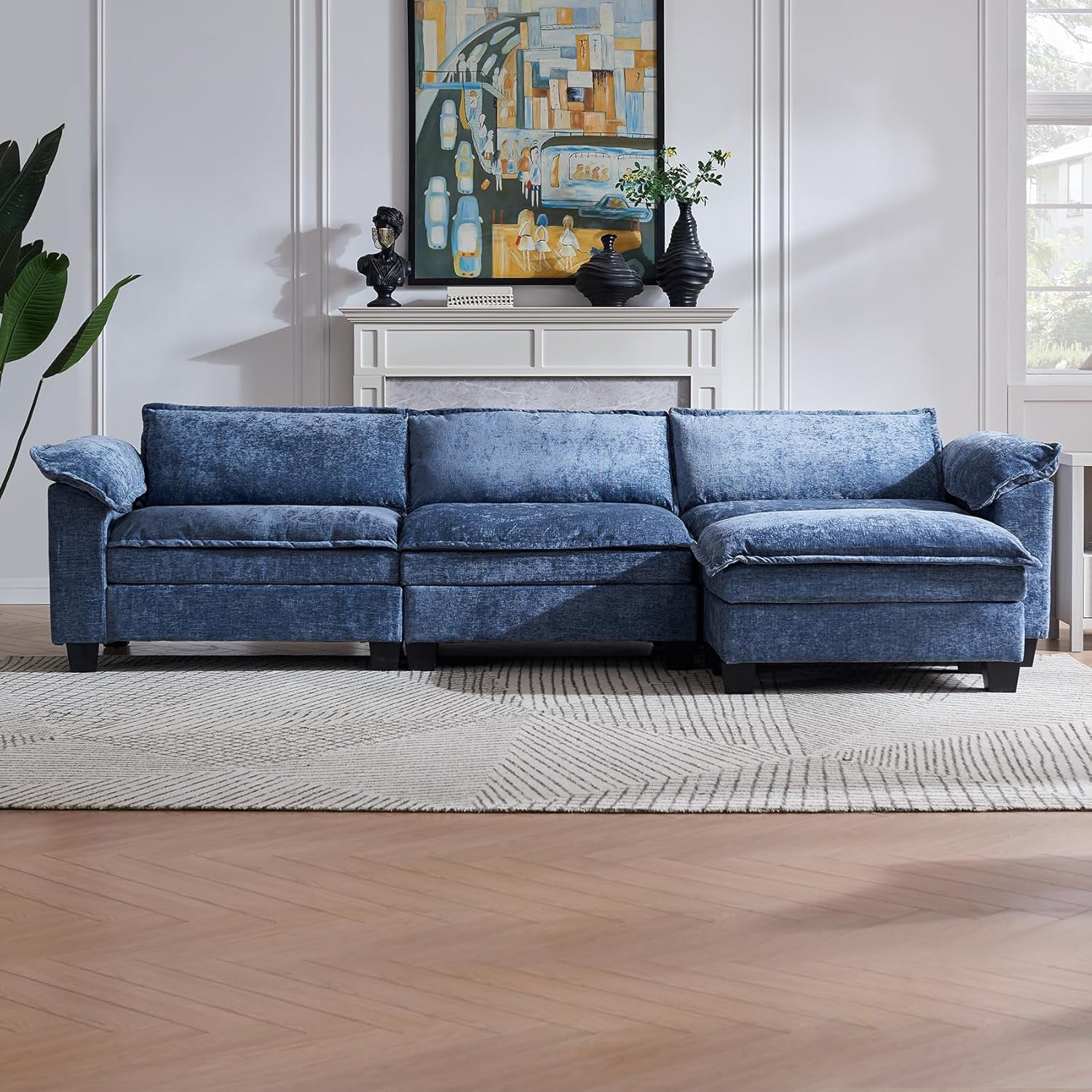

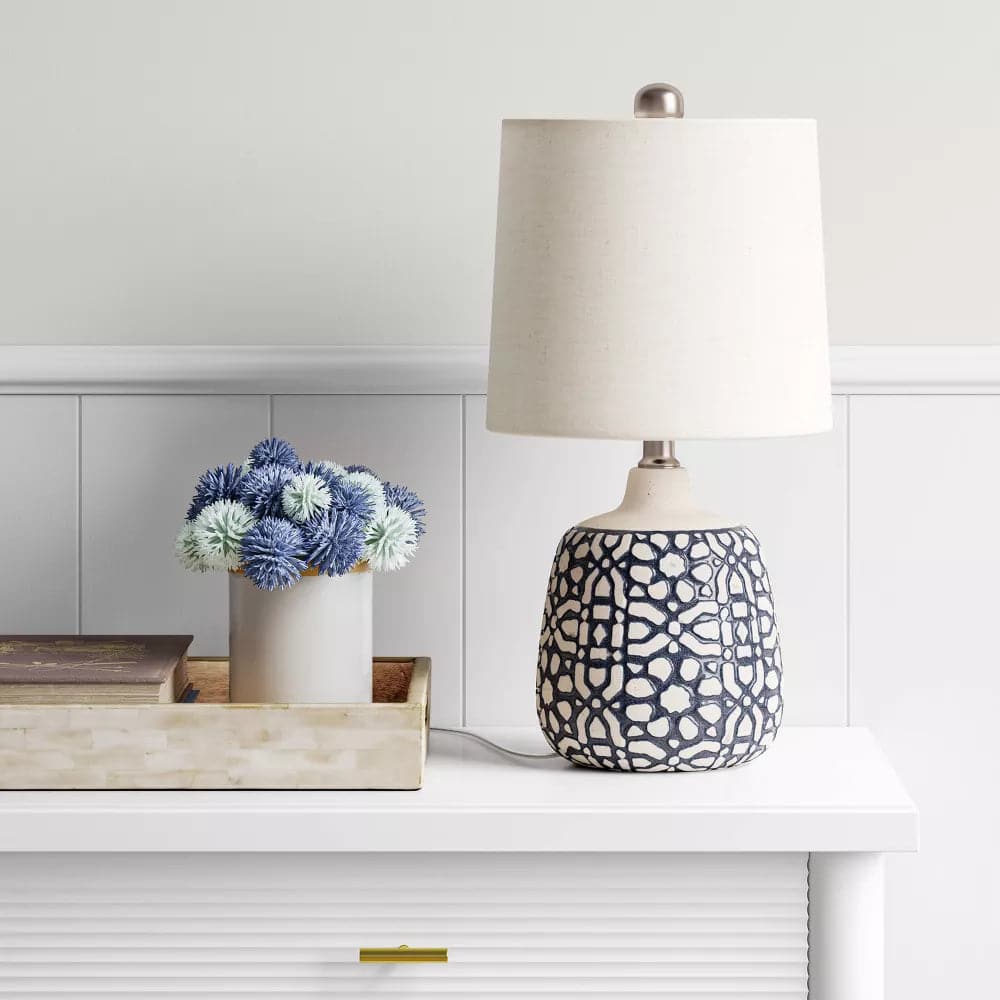
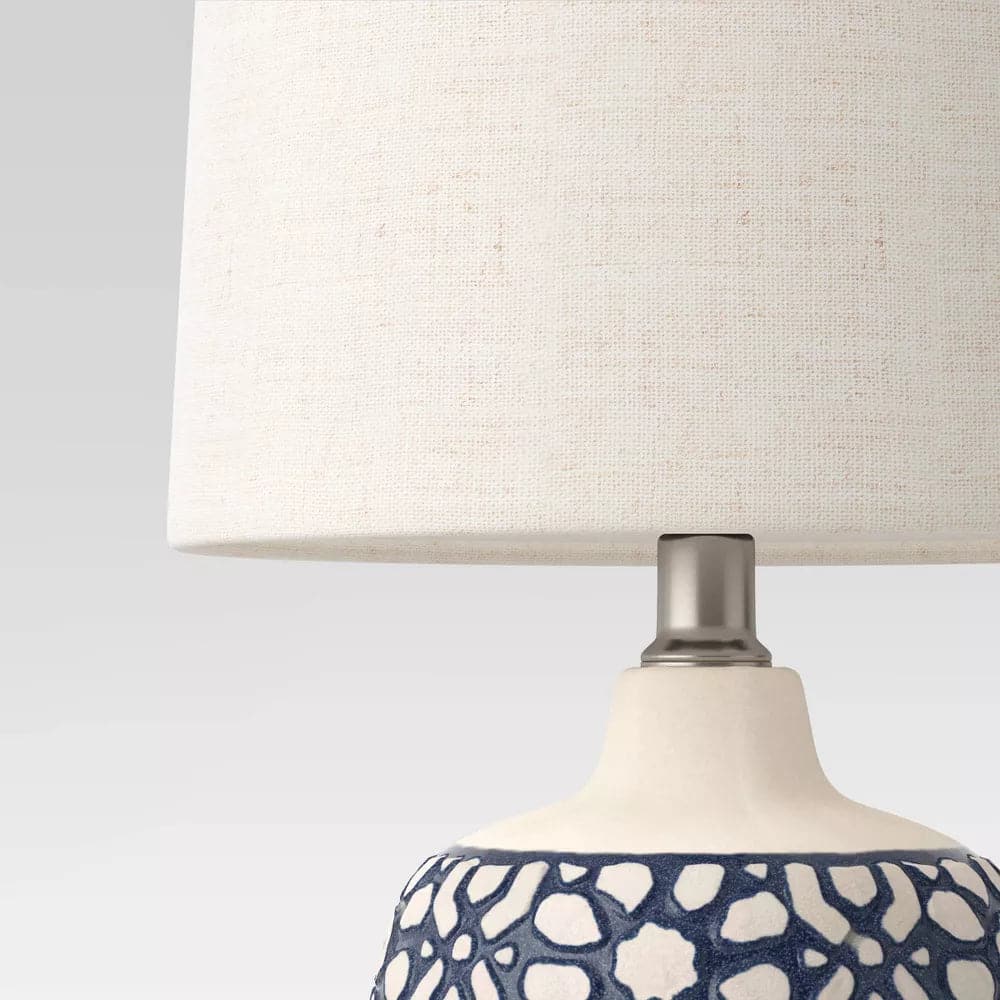

Leave a comment
This site is protected by hCaptcha and the hCaptcha Privacy Policy and Terms of Service apply.